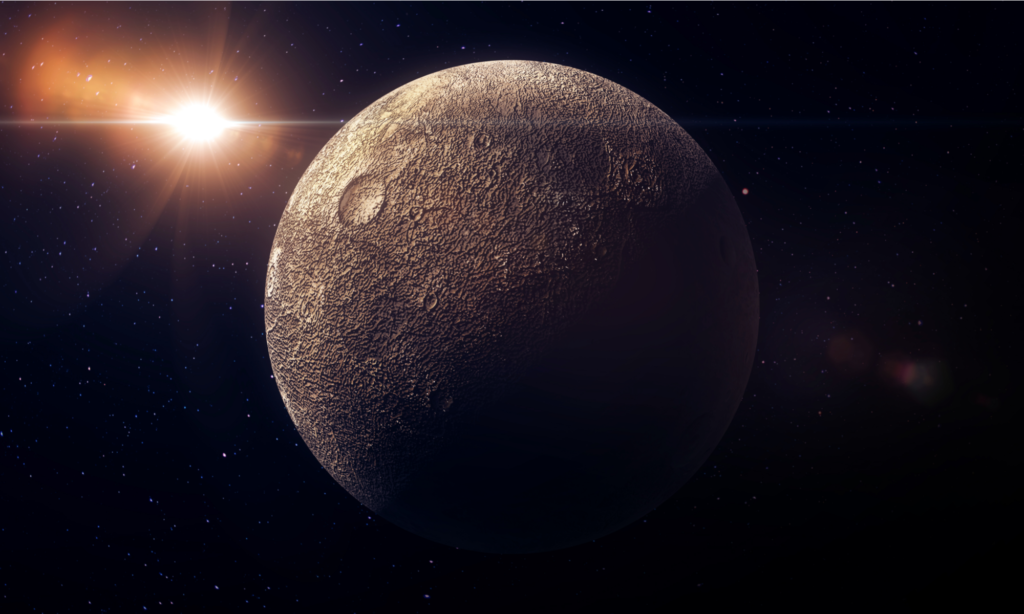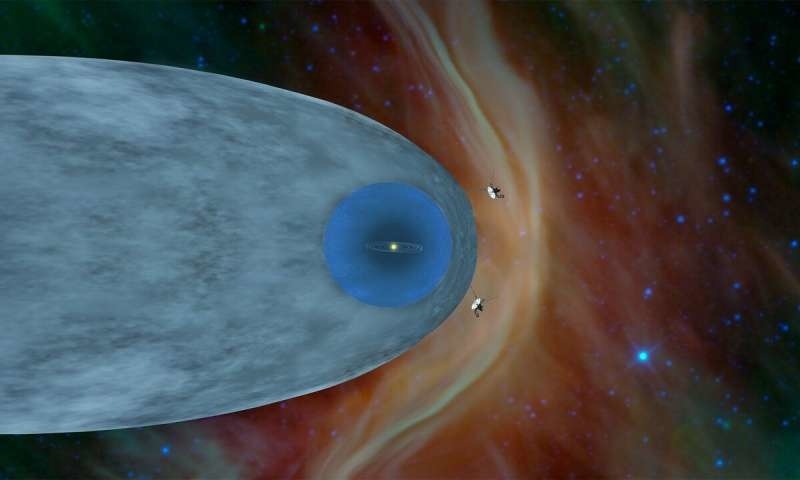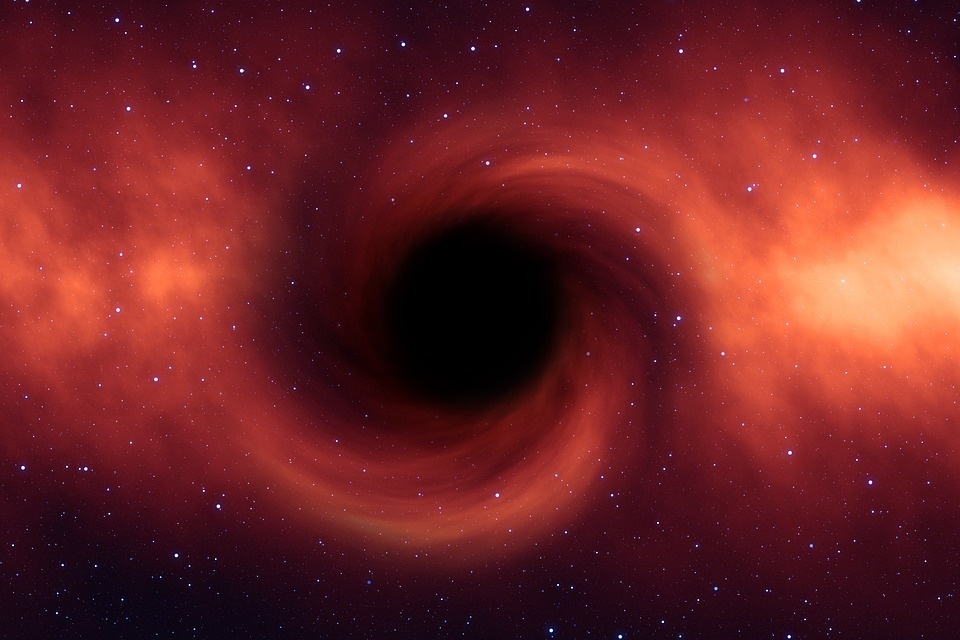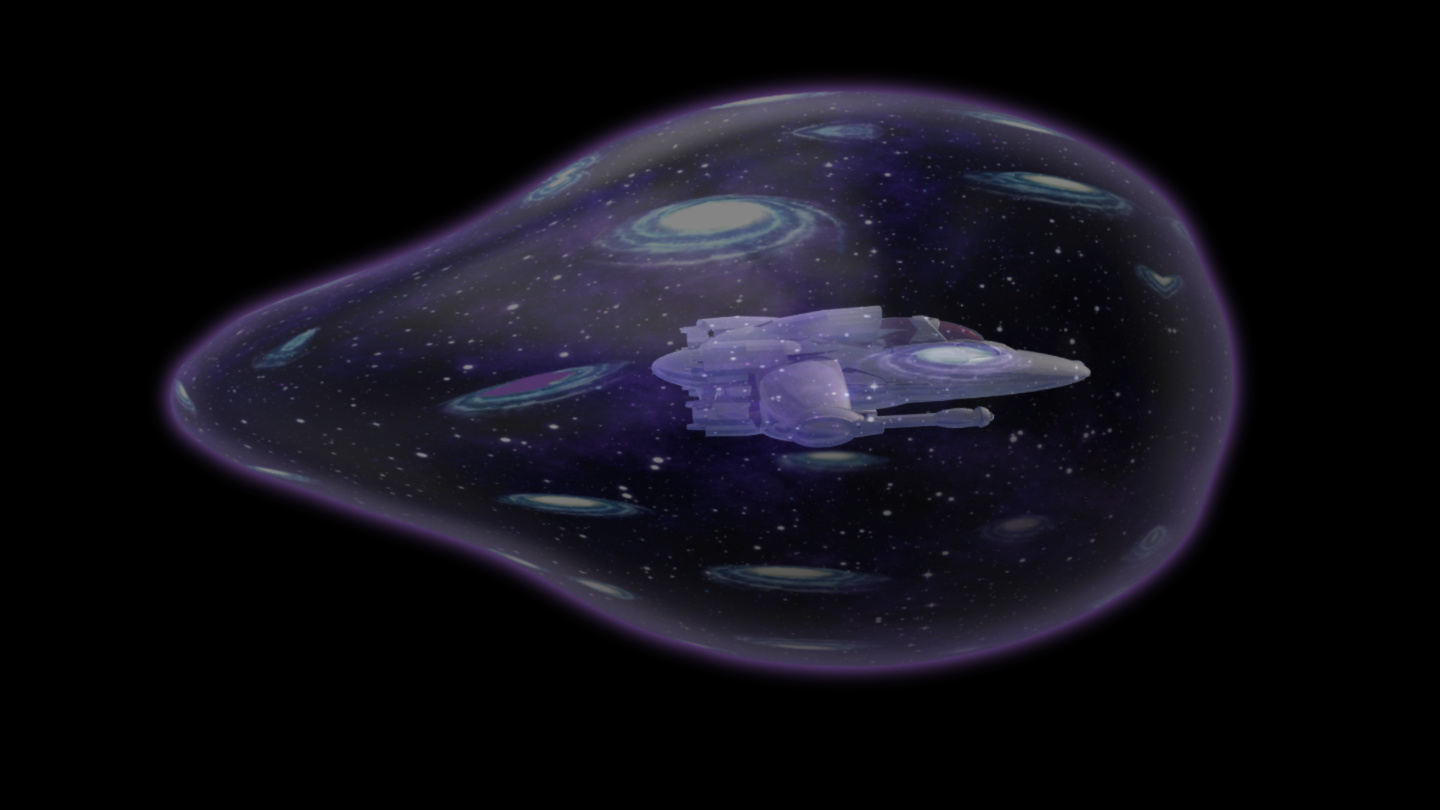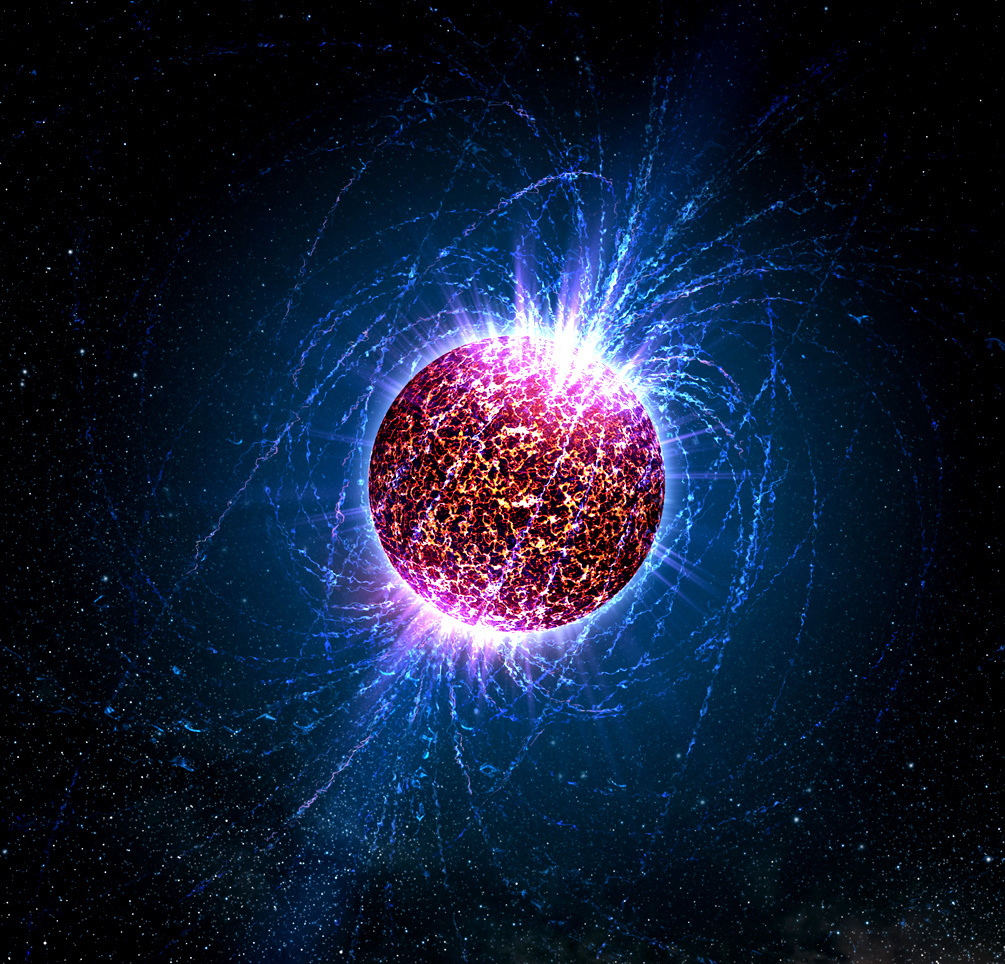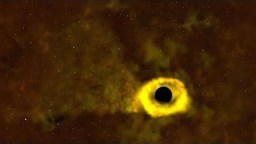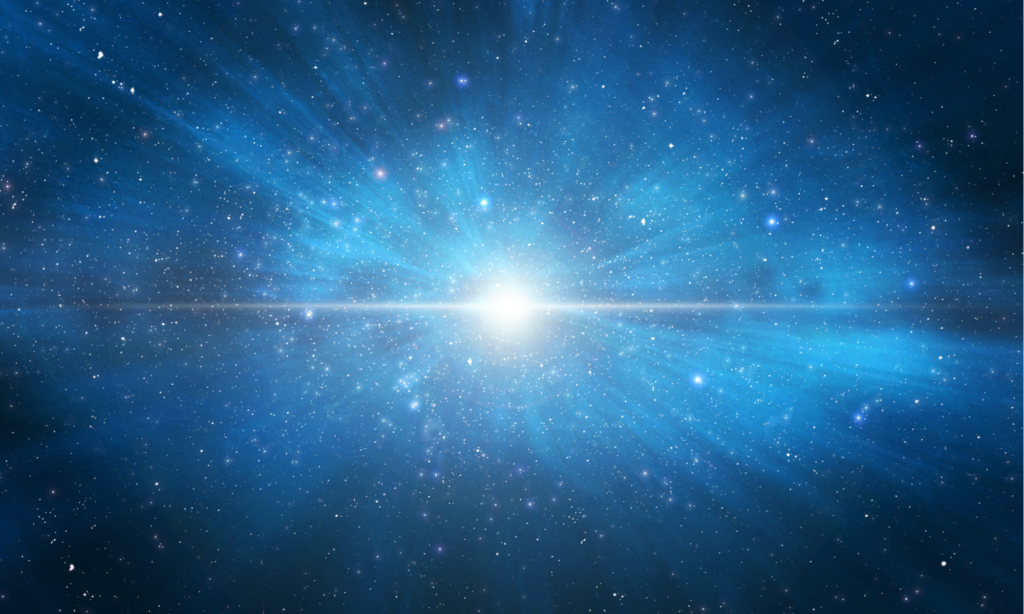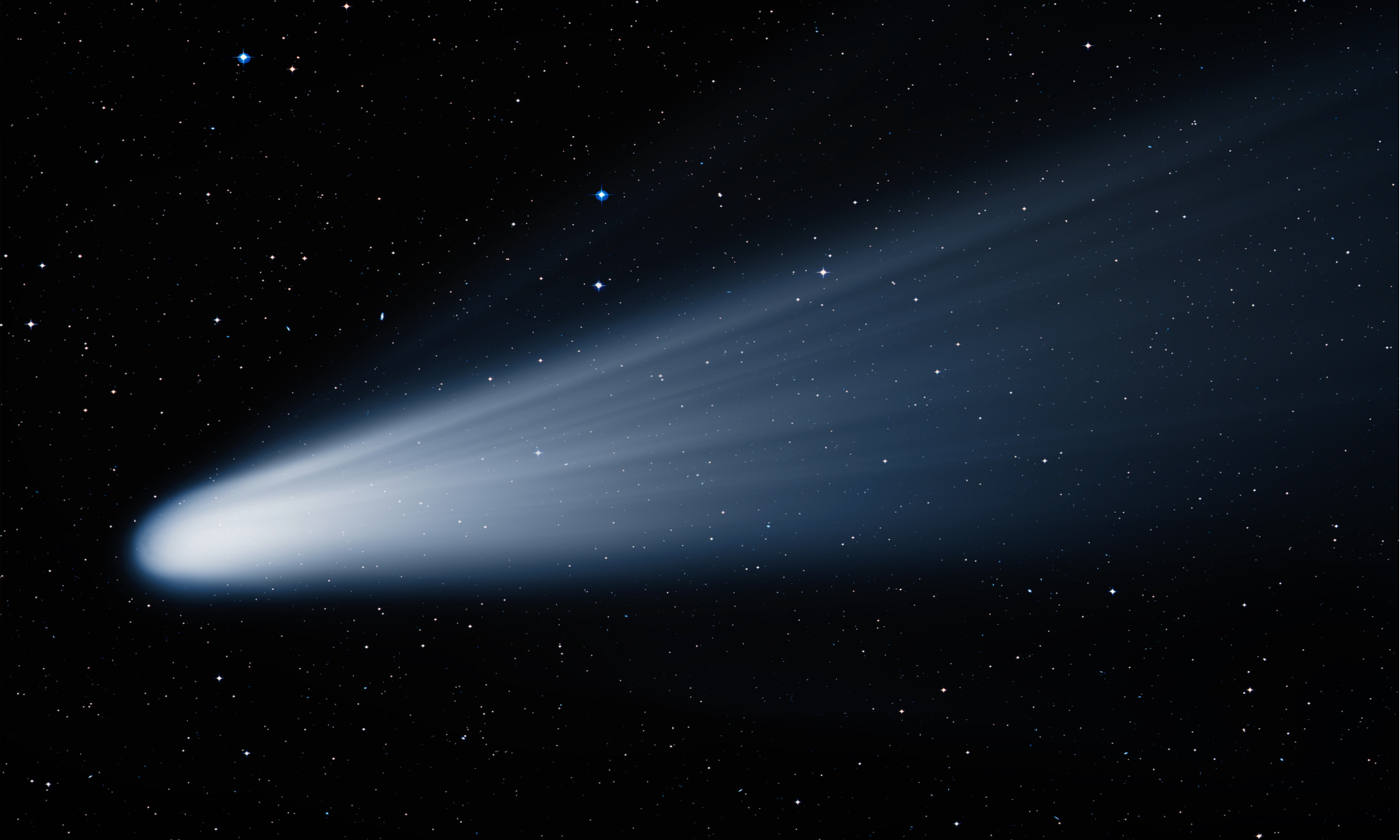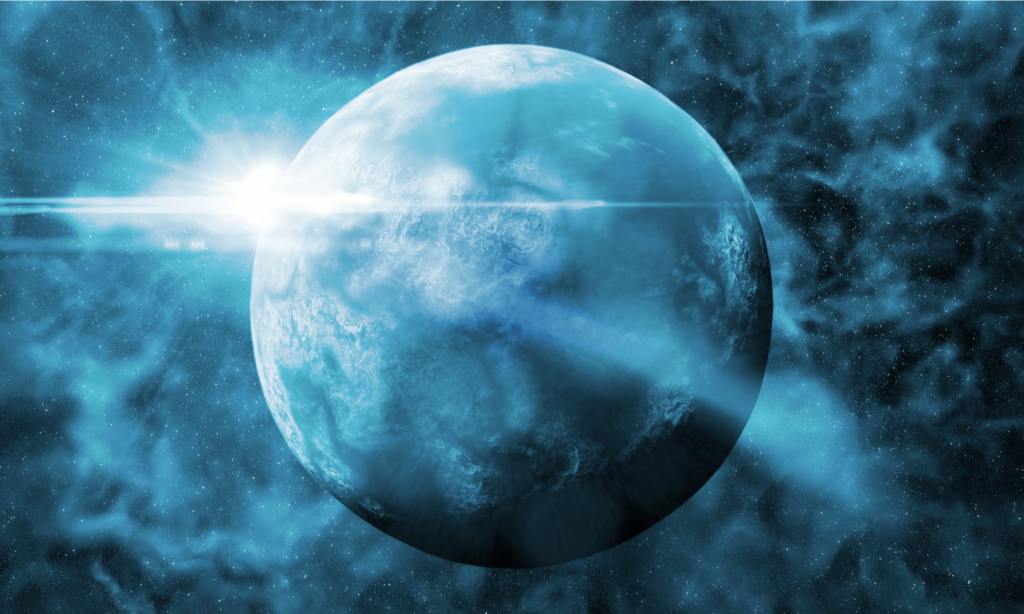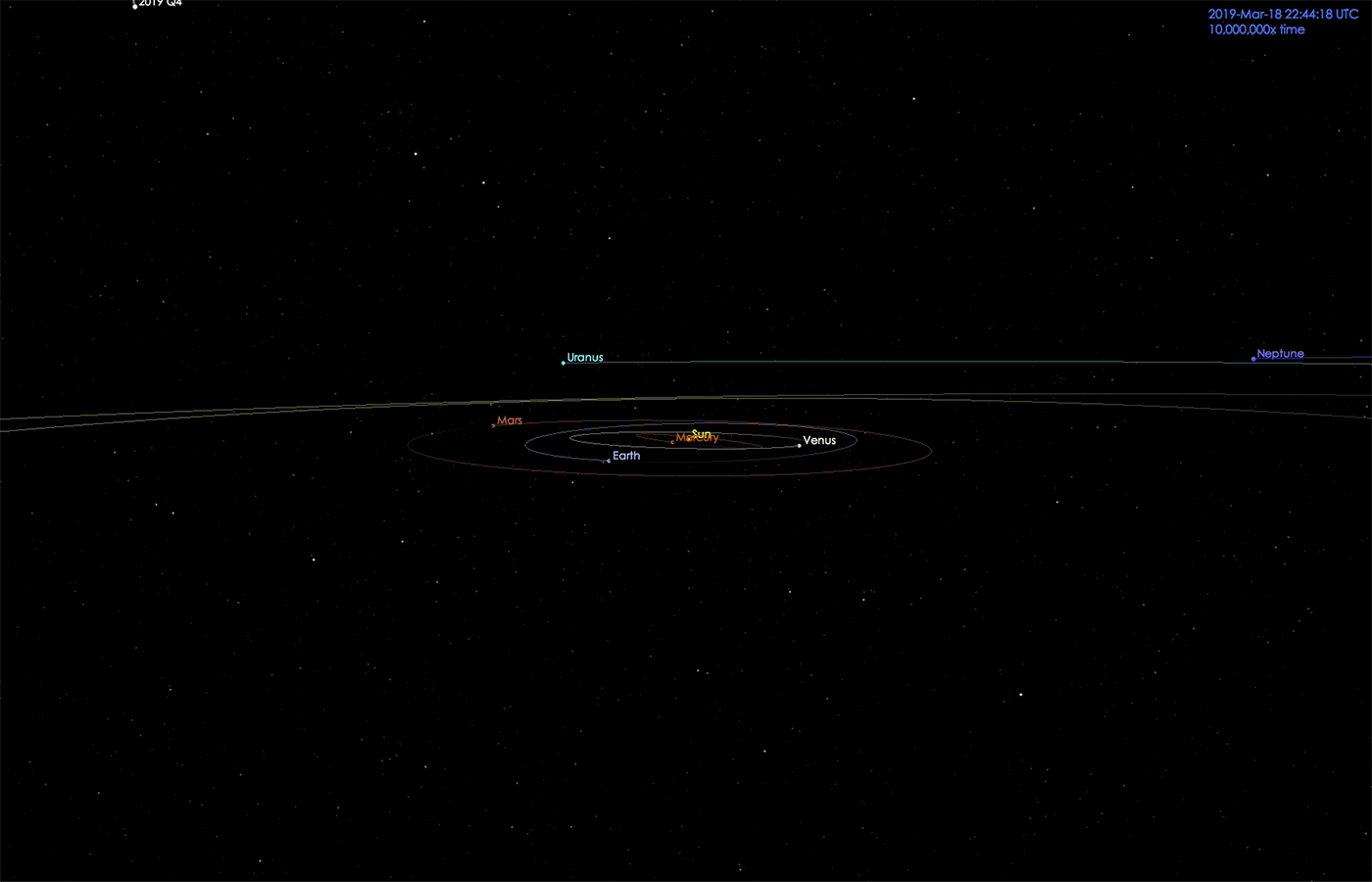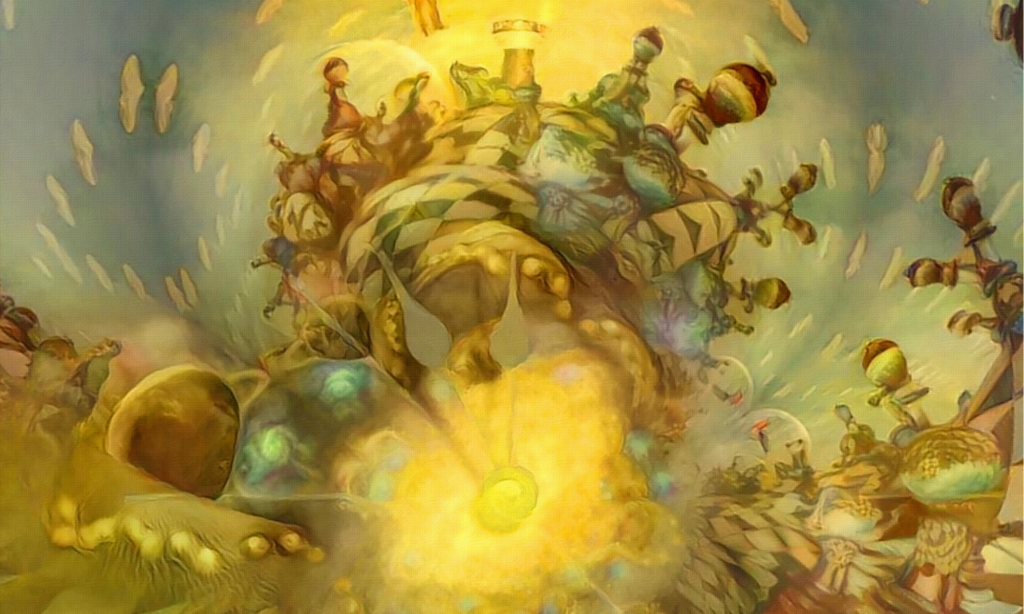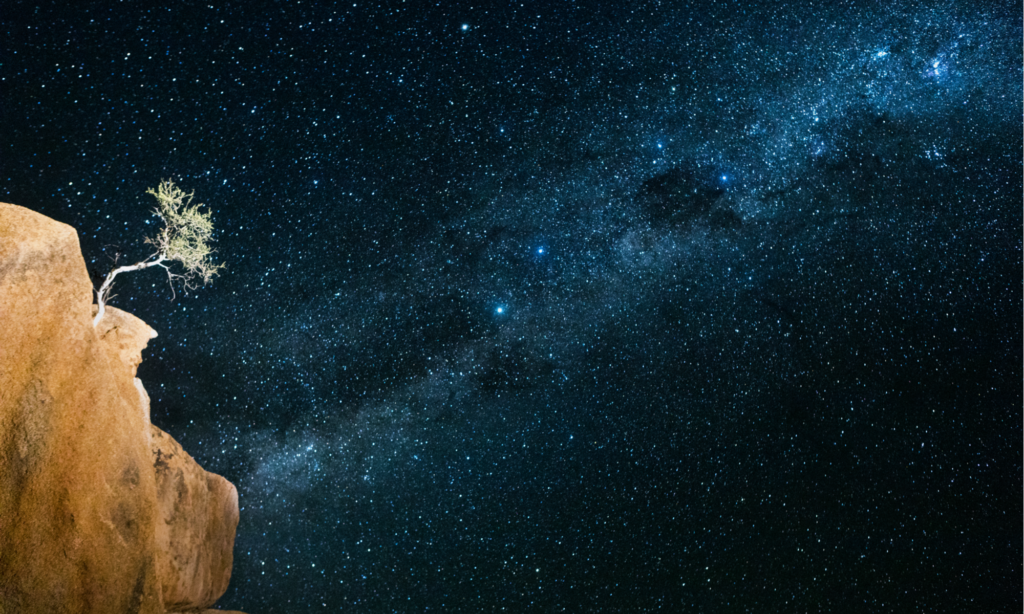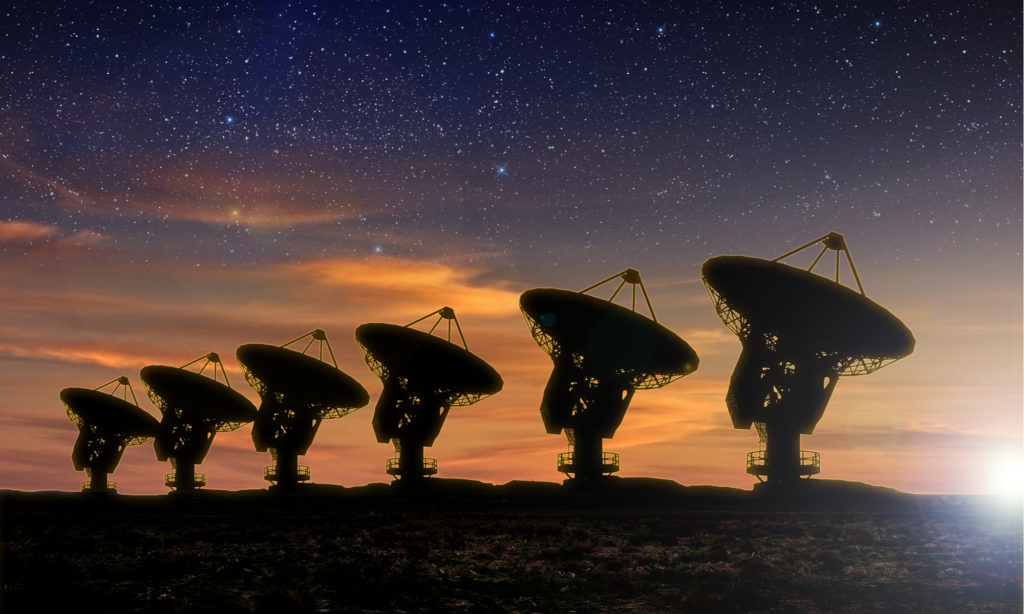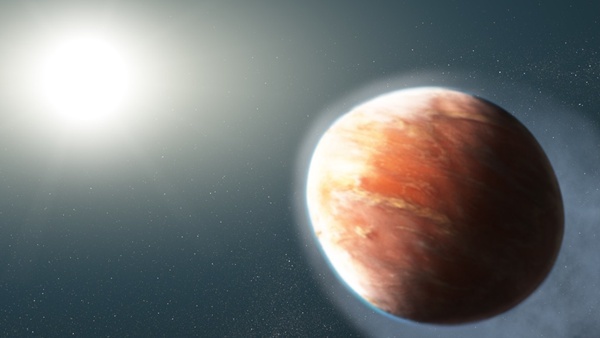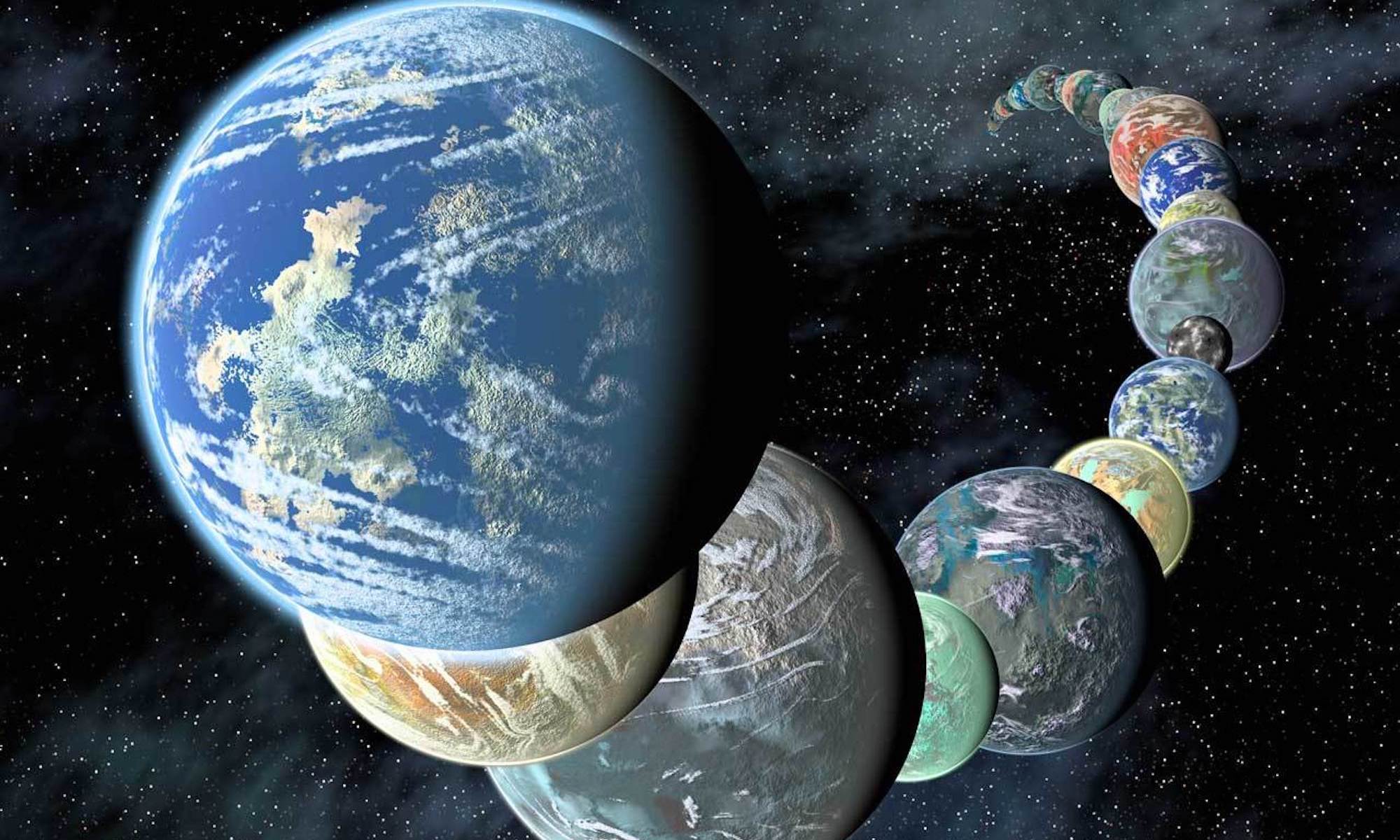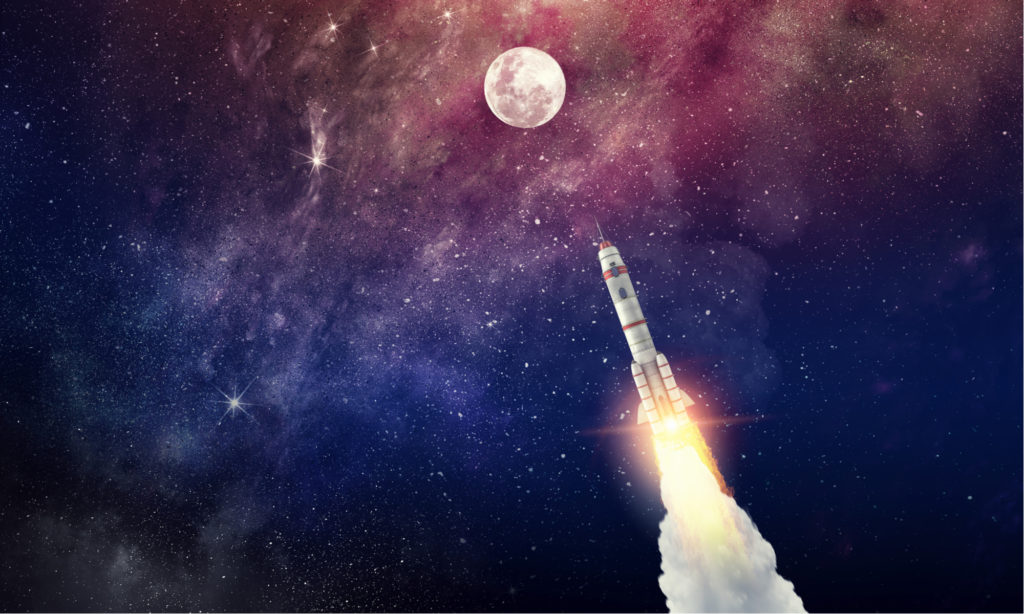cosmos
Dinosaurs never left Earth, but they still traveled millions of miles through the Milky Way galaxy.
The process of digging into hard questions makes the moment of discovery all the more satisfying.
Archetypes of creation and the origin of all things.
A historic NASA probe sends back a treasure-trove of information from billions of miles away.
Scientists recently discovered a black hole that’s smaller than previously thought possible.
An Oxford scientist claims a Nobel-Prize-winning conclusion is wrong.
An Oxford scientist’s controversial theory rethinks dark matter and dark energy.
Rest assured: Kooky ideas like the Earth being flat or vaccines causing autism are nothing new. Humanity has had worse ideas before.
Recent advances indicate that the idea could work.
Astronomers have recently discovered the most massive neutron star to date, nearly at the theoretical limit for such stars. But it’s only about the size of a small city.
The TESS satellite captures rare images of a cataclysmic event in a faraway galaxy.
▸
with
Our first “Ask a Scientist” feature is all about the ever-growing universe.
Scientists find that bursts of gamma rays may exceed the speed of light and cause time-reversibility.
Japanese physicists devise technology to discover axion dark matter.
A NASA robot on Mars sends back unusual findings, including timed magnetic pulses.
Objects coming into our solar system have an origins story to tell.
A question that’s baffled physicists for nine years has been resolved by the simplest possible answer.
An amateur astronomer discovers an interstellar comet on its way to our Sun.
From Newton to today’s scientists, we’re only seeing part of the story unfold.
The Von Braun Space Station, based on the concepts of a controversial scientist, is moving ahead with construction plans.
The Russian-built FEDOR was launched on a mission to help ISS astronauts.
Erik Verlinde has been compared to Einstein for completely rethinking the nature of gravity.
Tardigrades – commonly called “water bears” – were among the payload of an Israeli lunar lander that crashed into the moon in April.
When we send messages to the stars, just what are we getting ourselves into?
This exoplanet is 10 times hotter than any world we measured and shaped like a football.
A mind-bending physics theory may explain why we have one reality instead of many.

